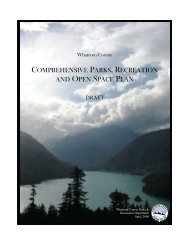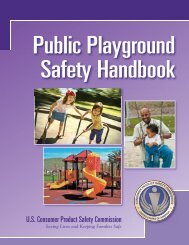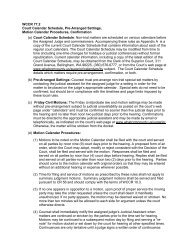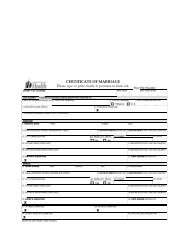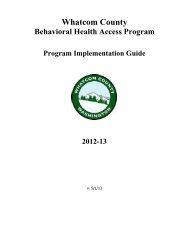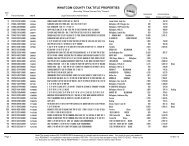Poisonous Plants Booklet - Whatcom County
Poisonous Plants Booklet - Whatcom County
Poisonous Plants Booklet - Whatcom County
You also want an ePaper? Increase the reach of your titles
YUMPU automatically turns print PDFs into web optimized ePapers that Google loves.
WESTERN WATER-HEMLOCK<br />
Cicuta douglasii<br />
Description: Native to the Pacific<br />
Northwest, this highly poisonous plant<br />
is found in wet pastures, meadows, and<br />
along streams. The plant grows from 2<br />
to 8 feet tall. It has small, white flowers<br />
that grow in clusters like tiny umbrellas.<br />
A distinctive feature is the chambered<br />
root (shown below in cross-section). The<br />
plant begins growth in early spring. It<br />
flowers from spring to early summer.<br />
Toxicity Rating: High<br />
Toxic Part: All parts of the plant are extremely poisonous to humans and<br />
animals. A piece of root the size of a walnut is enough to kill a mature cow.<br />
Signs/Symptoms: Poisoned animals display muscle twitching, a rapid<br />
pulse, frothing at the mouth, violent convulsions, coma and death. The onset<br />
of symptoms is rapid and death can occur in as little as one hour.<br />
Animals will seldom eat water-hemlock when good forage is available.<br />
Unfortunately, the plant may appear early in the spring before grass is<br />
available. Severe losses may occur when<br />
roots become exposed and are eaten by<br />
animals. It is best to keep animals away<br />
from known infestations until the plants<br />
are removed. Be very cautious when<br />
handling this plant and wash hands and<br />
tools afterward as it is also very poisonous<br />
to humans.<br />
15





